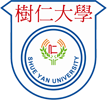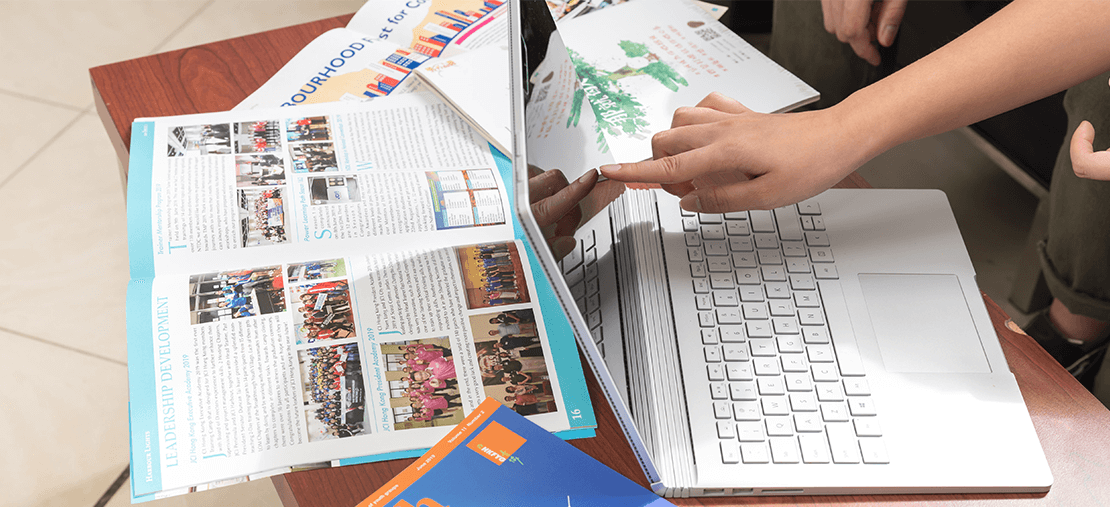

The intended learning outcomes of the industrial attachment courses may vary from programme to programme. Upon completion of an industrial attachment course, however, students should be able to:
- Utilise grounded experiences from real-life lessons and practice to enrich discipline-specific discourse.
- Apply discipline-specific theoretical concepts and analytical skills in dealing with work situations and in formulating feasible solutions to problems.
- Demonstrate a strong sense of accountability in tasks and projects with proper attitudes and behaviours.
- Follow instructions, play assigned roles and perform personal and group activities using appropriate approaches and strategies.
- Present views, exchange ideas with others, and write reports effectively to facilitate tasks and projects.
- Evaluate their own performance in study and work through regular reflection for self-improvement.


HKSYU industrial attachment courses equip students with a generic competence that accomplishes the Level 5 Generic Learning Descriptors at Level 5 of the HK Qualifications Framework:
ILOS 1, 2, 6
Knowledge & Intellectual Skills
- Demonstrate and/or work with in-depth specialised technical or theoretical knowledge of a field of work or study.
- Use a wide range of specialised intellectual skills in support of established practices in a subject/discipline/sector.
- Critically analyse, evaluate and/or synthesise concepts, information and issues drawn from a wide range of sources to generate ideas.
ILOS 4, 5
Processes
- Apply knowledge and skills in a range of technical, professional or management activities.
- Identify and analyse both routine and abstract technical/ professional problems and issues, and formulate evidence-based responses.
- Exercise appropriate judgement in planning, design, technical and/or management functions related to products, services, operations or processes.
ILOS 2, 3, 4
Autonomy & Accountability
- Accept responsibility and accountability, within broad parameters, for determining and achieving personal and/or group outcomes.
- Work under the mentoring of senior qualified practitioners.
- Deal with ethical issues, seeking guidance of others where appropriate.
ILOS 1, 4, 5
Communication, ICT and Numeracy
- Use some advanced and specialised skills in support of established practices in a subject/discipline/sector.
- Participate constructively in group discussions and make formal and informal presentations to a range of audiences on standard/mainstream topics in a subject/discipline/sector.
- Use some advanced features of ICT applications to support and enhance work.
- Interpret, use and evaluate numerical and graphical data to set and achieve goals/targets.


The three major stages of an industrial attachment course are preparation, action and reflection. Each stage incorporates a range of strategic teaching and learning activities that are designed to enable students to achieve the course intended learning outcomes.

Basic theoretical and practical trainings
Lectures, seminars, workshops, semester course, etc.


Working in external agency
All roles, tasks, projects assigned to the students during the industrial attachment period.

Academic Supervision
Reflective journal, presentation, tutorial, roundtable discussion and final report on industrial attachment, etc.
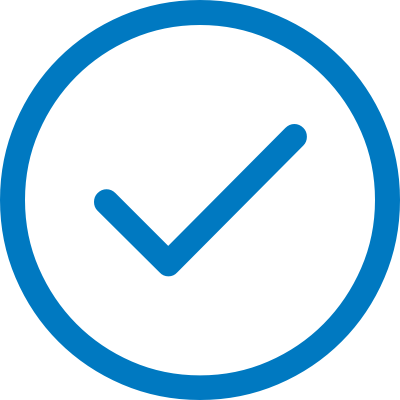
Students participating in an industrial attachment course will be assessed continuously through a collaborative model. A work assessment by the Workplace Supervisor and an academic assessment by the Academic Supervisor will be incorporated to evaluate the overall students’ performance.
The assessment tasks shown below are for general reference. Different industrial attachment courses may include discipline-specific and/or course-specific assessment tasks related to their pedagogical purpose and design. The Industrial Attachment Coordinators/Academic Supervisors in academic departments should clearly explain the respective assessment tasks to students before the commencement of the attachment.


- Student applicants are given the recruitment notices that list out the agency information, post title, job description, and other essential terms of the industrial attachment from Industrial Attachment Coordinators in the first and/or second semester every academic year.
- Student applicants submit a completed application form with a personal resume to the Industrial Attachment Coordinators for consideration before a given deadline.
- Student applicants are interviewed by the external agency to assess their aptitude for the post they have applied for.
- Successful student applicants start their industrial attachment on the specified date.

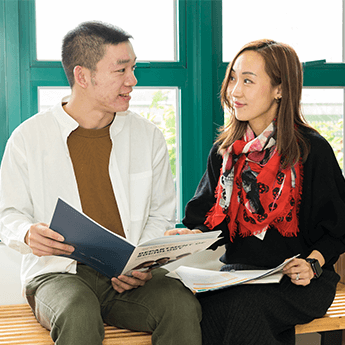
During the industrial attachment period, the Workplace Supervisors from the external agencies should provide students with daily supervision in relation to the work component of the industrial attachment course. The Academic Supervisors assigned by the Industrial Attachment Coordinators from academic departments are expected to meet with their supervisees at least once every two to three weeks to guide them to complete the academic component of the industrial attachment course.


The major roles and responsibilities of students are:
- To engage fully throughout the whole teaching and learning process of industrial attachment course;
- To commit according to the given guidelines and expectations required from the Workplace Supervisor in completing the tasks and projects in the workplace;
- To behave in an appropriate manner and comply with the polices and regulations in the external agency;
- To respect the external agency’s values, their staff and practice and be able to demonstrate the appropriate working attitude and teamwork spirit;
- To engage actively in conducting academic study and achieve the intended course learning outcomes;
- To reflect regularly on individual work and academic performance for self-improvement throughout the industrial attachment process;
- To critically analyse matters of concern arising from the industrial attachment encounter and relate them to an academic discourse;
- To maintain a reflective journal, exchange ideas and experiences with others during supervisions, and write a final report as required by the Academic Supervisor;
- To complete the student feedback survey of industrial attachment course as required by the Industrial Attachment Office.

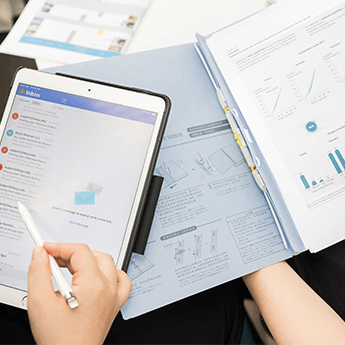
In order to encourage students to complete both the work and academic components of an industrial attachment course to the best of their ability, it is recommended that the workplace component and the academic performance should be equally weighted for the overall grade. An example of an industrial attachment course that adopts such a grading strategy is shown below:

- Participation in Supervision (10%)
- Reflective Journal (10%)
Subtotal: 20%

- Agency Evaluation (40%)
Subtotal: 40%

- Final Report (40%)
Subtotal: 40%
This grading strategy is provided as an example. When an industrial attachment course is designed for students, the assessment tasks and their share of the total grading can be varied from the example above.
